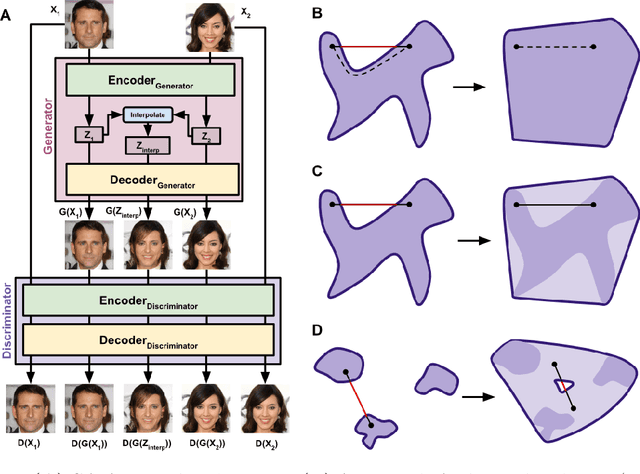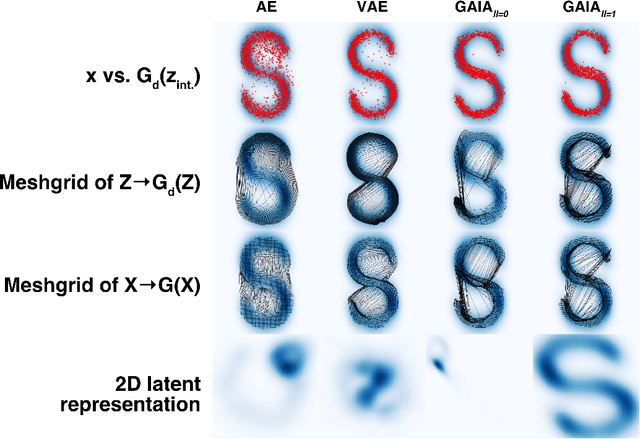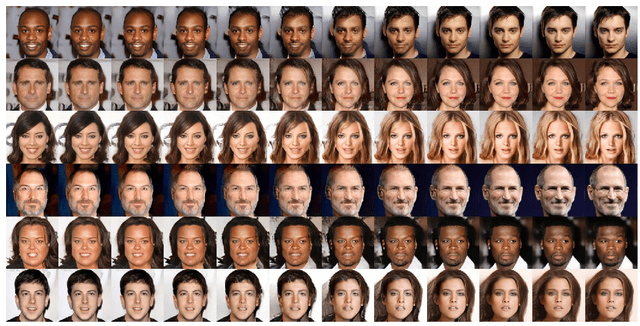Brad Theilman
Gentner Lab, UC San Diego
Translating and Evolving: Towards a Model of Language Change in DisCoCat
Nov 08, 2018Abstract:The categorical compositional distributional (DisCoCat) model of meaning developed by Coecke et al. (2010) has been successful in modeling various aspects of meaning. However, it fails to model the fact that language can change. We give an approach to DisCoCat that allows us to represent language models and translations between them, enabling us to describe translations from one language to another, or changes within the same language. We unify the product space representation given in (Coecke et al., 2010) and the functorial description in (Kartsaklis et al., 2013), in a way that allows us to view a language as a catalogue of meanings. We formalize the notion of a lexicon in DisCoCat, and define a dictionary of meanings between two lexicons. All this is done within the framework of monoidal categories. We give examples of how to apply our methods, and give a concrete suggestion for compositional translation in corpora.
* In Proceedings CAPNS 2018, arXiv:1811.02701
Generative adversarial interpolative autoencoding: adversarial training on latent space interpolations encourage convex latent distributions
Jul 17, 2018



Abstract:We present a neural network architecture based upon the Autoencoder (AE) and Generative Adversarial Network (GAN) that promotes a convex latent distribution by training adversarially on latent space interpolations. By using an AE as both the generator and discriminator of a GAN, we pass a pixel-wise error function across the discriminator, yielding an AE which produces non-blurry samples that match both high- and low-level features of the original images. Interpolations between images in this space remain within the latent-space distribution of real images as trained by the discriminator, and therfore preserve realistic resemblances to the network inputs.
 Add to Chrome
Add to Chrome Add to Firefox
Add to Firefox Add to Edge
Add to Edge